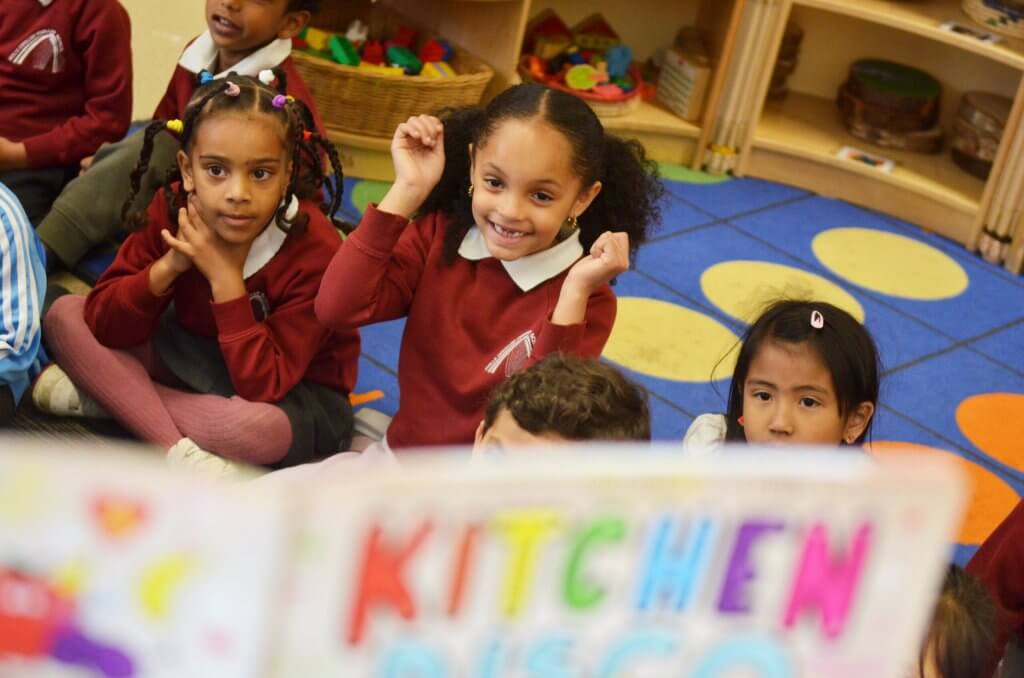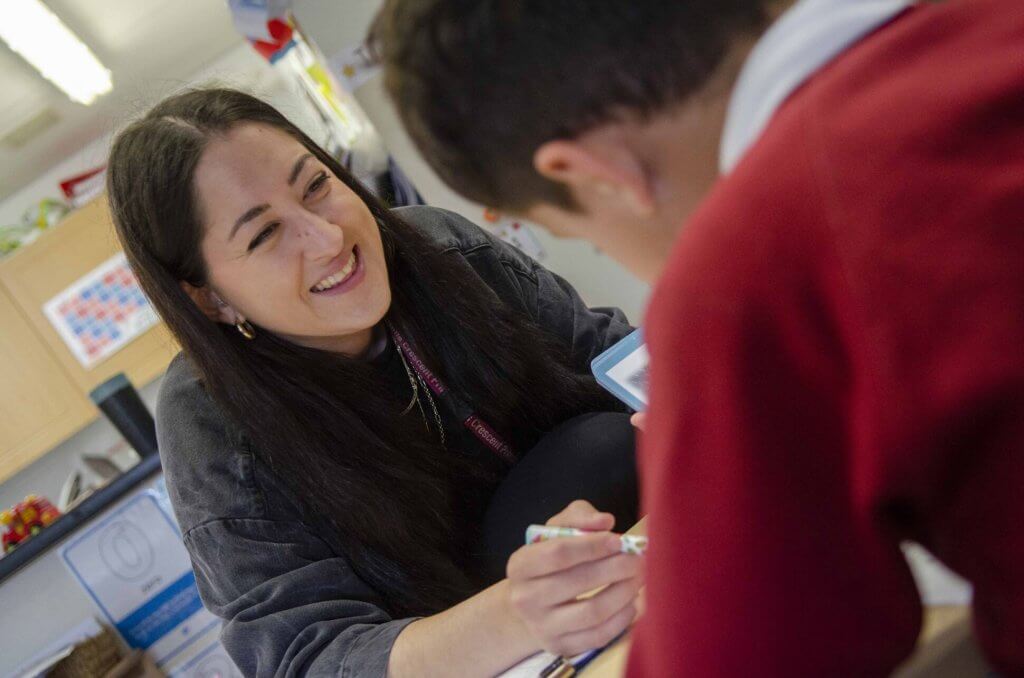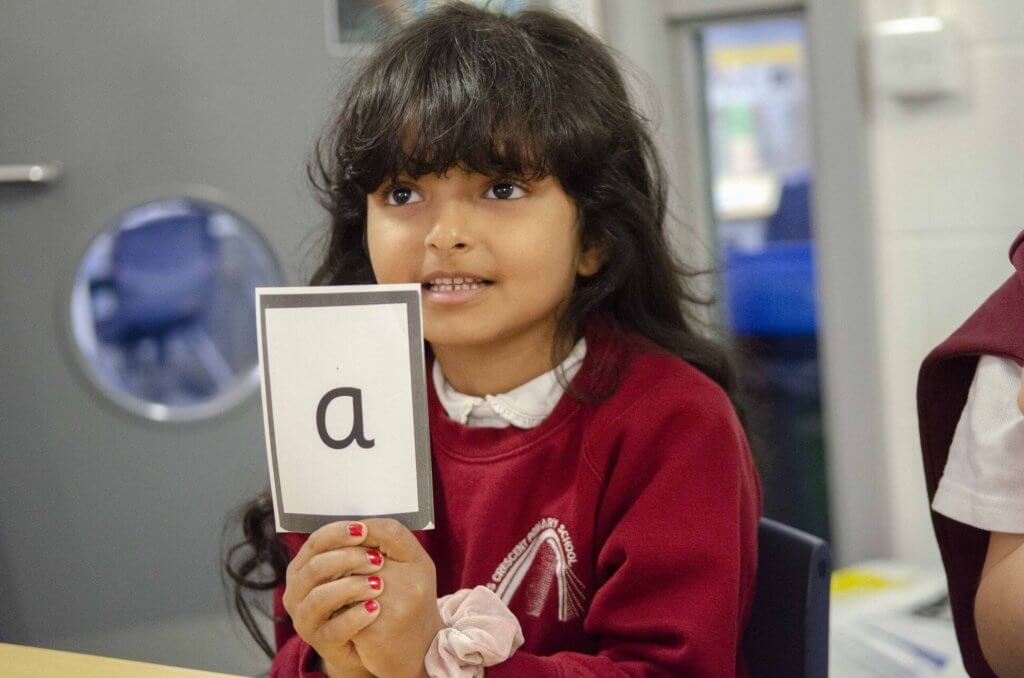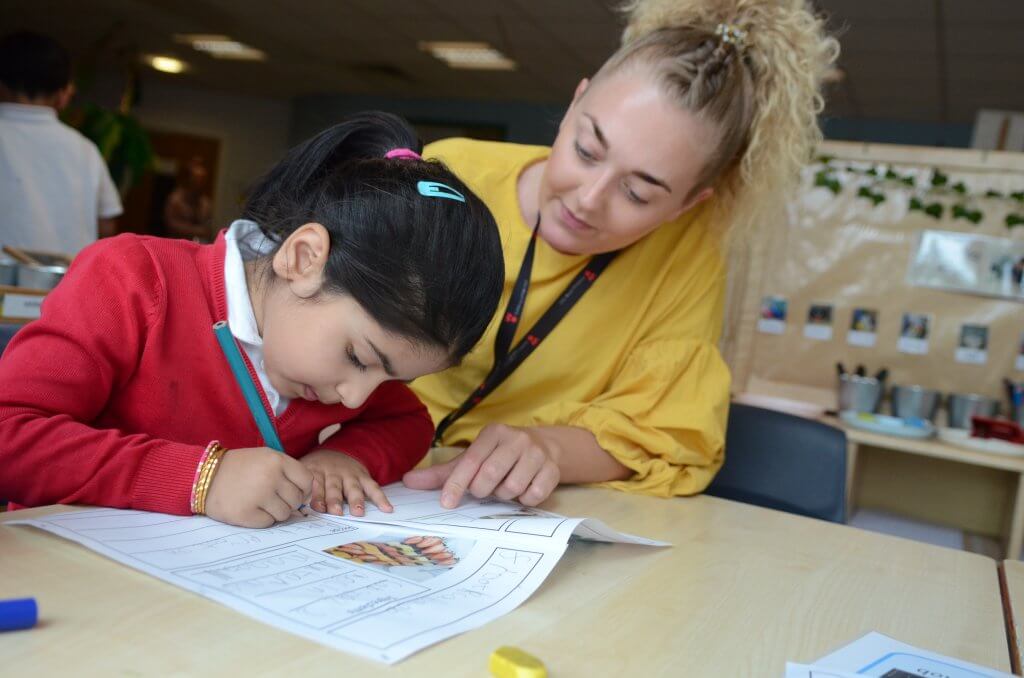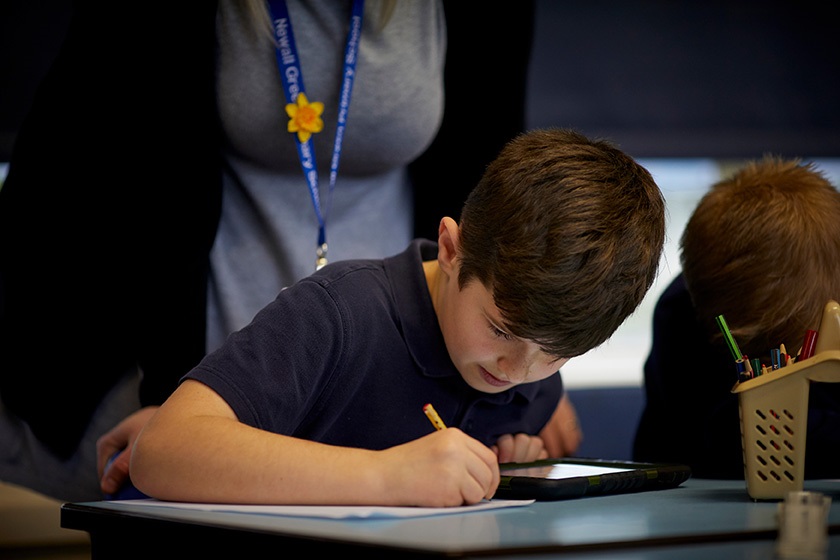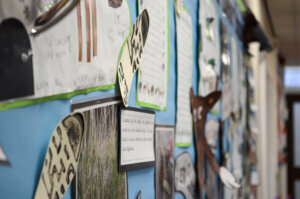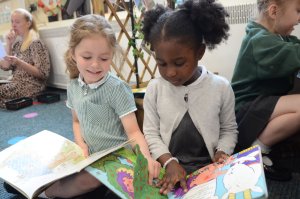Teaching writing is complex, and teaching it effectively is challenging. To teach writing well, we have to consider every aspect of the writing experience and crucially, model how to write.
The complexity of the writing process is well summarised by Nicholson’s (2019) ‘Not So Simple View of Writing.
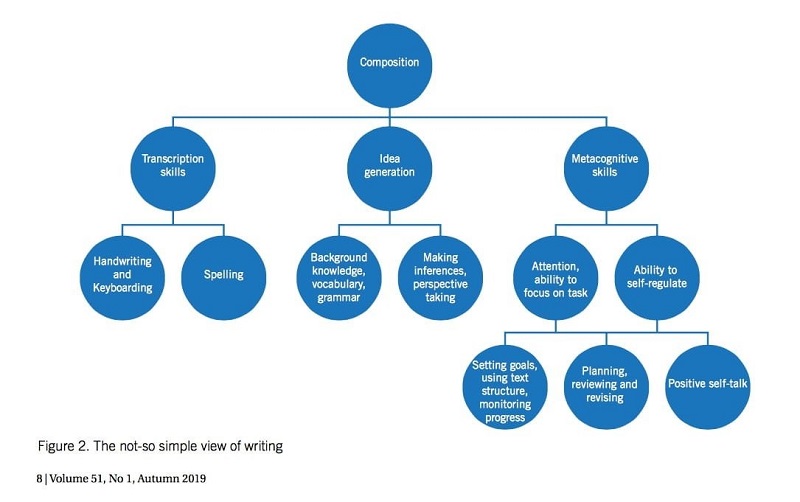
What the National Curriculum outlines as one subject in two parts (transcription and composition), actually has many distinct threads. To teach writing effectively we must teach each one of these threads, and model the thinking, talking and writing that is needed to write. Our previous blogs on Writing For Reality Using the P.I.C.C. a Text Approach and Making Writing Powerful: Writing With Purpose focus on planning for high quality writing outcomes, but we also need to consider what our lessons look like in practice.
Think about your last unit of writing. How much modelling did you do? How much of your modelling was of writing, and how much of your modelling was of the thinking behind your writing? Pupils will become confident, skilled writers if we explicitly model the whole writing experience for them; this is more than just the physical act of writing but the thoughts and ideas that we have when we write.
What is modelled writing?
Modelling writing is the act of explicitly teaching writing behaviours by demonstrating the writing process. In Writing, it forms the ‘I do’ strand of Pearson & Gallagher’s (1983) Gradual Release of Responsibility model.

Modelling the whole writing experience is a crucial part of good teaching; it can make a huge difference to children’s confidence and writing output. By showing children how to write, and the thinking that takes place in order to write, we can support them to become independent writers. However, in order to do this, we need to really understand what modelled writing is and how best to utilise it.
Often, modelled writing is conflated with other valuable aspects of teaching writing, such as shared or guided writing. Whilst elements of modelled writing occur within these aspects, it is important we know the differences between them so that we can ensure we are actually modelling writing too!

When should modelled writing happen?
Think about the modelling you do in English – how much of it is focused on drafting elements of the final piece in a unit? If your answer is ‘most’ then you are not alone. In many settings, much of the modelling of writing happens towards the end of the unit, when children are about to write independently. However, to be truly effective, modelling needs to happen all the way through your teaching sequence, not just at the drafting stage. Opportunities to model the writer’s process can be built into every session, and by doing so we can really support and scaffold children’s knowledge and understanding.
If we take our P.I.C.C. a Text unit inspired by Cinderella of the Nile as an example, we can find opportunities for modelling thinking, talking and writing throughout:
- Predict – modelling how to make and refine predictions.
- Interrogate: Reading focus – modelling how to make comparisons, making inferences and plotting the axis of emotion.
- Interrogate: Genre focus – modelling close reading and identifying features.
- Interrogate: GPS focus – modelling how to use expanded noun phrases effectively and how to use speech punctuation accurately.
- Capture – modelling gathering ideas and key vocabulary using a different text.
- Create – modelling planning plot and dialogue, drafting and editing in response to feedback.
The amount of modelling children need to experience will depend on their confidence with the text type and features required. You may well need to spend longer modelling drafting, or you may need to devote more time to modelling planning or idea creation What’s important is that we give enough time to modelling writing, so that children have the best chance of becoming fluent writers. My advice is, if in doubt, model.
What does effective modelled writing look like?
When we talk about effective modelling, we are not just talking about WAGOLLs or showing children the physical process of writing. We need to go back to the not-so-simple view of writing and consider every aspect of the writing experience, at different stages of writing too. When modelling writing, it is good practice to:
- Talk about the reason, audience and tone of the writing determines its structure, content and features.
- Focus in on specific concepts to demonstrate composition and effect.
- Orally rehearse sentences and other language choices, before modelling how to write them down.
- Re-read your writing, checking for sense.
- Explain your choices.
- Model automatic use and checking of basic skills, e.g. sentence demarcation.
- Make errors and be vulnerable as a writer. Use these as opportunities for teaching.
- Check and address misconceptions.
- Model meta-language – how to talk and think about language.
One aspect of writing that often needs more modelling is the application of GPS concepts. Often, we leave modelling how to include these concepts in writing until the end of a unit, but in order to be effective, we need to also model this while teaching the concept. Take our Cinderella of the Nile unit – one of the GPS concepts focused upon are expanded noun phrases. Rather than teaching expanded noun phrases and then later modelling these in context, it’s important to consider modelling all the way through. Our GPS teaching sequence provides lots of opportunities for this:


Where modelling really comes into its own though, is when it is built into pupil’s planning and drafting. Think about baking a cake. Imagine you’ve never baked anything before. If you watched someone bake a cake and saw a finished cake, there’s a chance you might be able to bake one yourself, but there would be a lot of guess work happening and you might find it tricky. However, if you watch someone bake a cake while they explain their thinking process and what they’re doing, you’re much more likely to be able to bake a cake successfully. Writing is much the same. If we just give children a WAGOLL or model writing without explicitly modelling our thinking process, we are not really modelling how to write. We need to model our metacognition – we need to think aloud.
Thinking aloud is just that, it is the process of verbally articulating the choices we make as writers and the many things we consider when writing. As adults we write automatically, so it takes a lot of effort to slow down and think explicitly about our writing process, however it is worth it. Here’s an example, linked to our Cinderella of the Nile unit:

We wouldn’t necessarily model like that with every sentence, but it gives you an idea of what high quality thinking aloud can look like in context. Consider how much thinking aloud you really do when modelling writing – how well so you articulate your thought process?
After drafting, another key aspect of the writing process that needs explicit modelling is editing. Too often, we ask children to check their work without really understanding how challenging such a blanket statement is. This is where modelling can help. By making deliberate errors in your mentor text, you create the opportunity to model the editing process, and crucially the thinking behind it.
We need to refer back to those features of effective modelling I shared earlier. After drafting in our Cinderella of the Nile unit, I may have noticed that pupils are still struggling with basic spelling and sentence demarcation, and that their use of expanded noun phrases still needs work. I could share my mentor text, complete with errors that pick up on these challenges, also sharing that feedback with children:

Then I could model my thinking when editing my writing, focusing on one concept at a time. Let’s focus in on those expanded noun phrases again. My modelling might look like this:

Depending on the concept and how much scaffolding children need, modelling may look different, but what’s important is that we’re building in opportunities for it during the whole process. By continuing to model throughout the whole writing experience, we’re giving children the best chance of becoming effective writers.
What about independence?
When modelling, it is always important to consider independence. When we put in place any type of scaffolding, we must have a plan for how to reduce and remove it. Towards the beginning of an academic year, or the first time you encounter a text type or concept, you might model it in more detail, so that children gain confidence. However, if you are using a piece of writing as evidence for assessment, you must be sure that it paints an accurate picture of a child’s strengths, and for this, the writing must be independent. However, that does not mean that modelling has to stop. In fact, your modelling of the writer’s process is even more important when children will be forming their final pieces independently. What’s important is that your model is not too close to that which you’re asking the children to produce.
In our example unit, you will notice that from the ‘Capture’ stage, the teacher’s modelling is focused on using a different text to that which the children are retelling with a different setting. By using The Ghanaian Goldilocks rather than Cinderella of the Nile, the teacher can still model the writer’s process without impinging on independence. Children can learn from the teacher’s model of the structure and the thinking required to change the setting, but will be able to apply this independently to their story content.
Modelling writing is a crucial element in the teaching of writing. By sharing our process during the whole writing experience, we can not just show children how to write but support children to become really effective writers. Modelling and scaffolding writing will be explored in more detail at our Exploring the Writing Curriculum course on the 21st April. This online course will support staff to improve their subject knowledge; develop their approaches to teaching writing and encourage reflection. Using engaging high-quality texts, the sessions will delve deeply into best practice. The session will focus on planning a writing unit using the One Education P.I.C.C. a Text approach and how best to embed writing opportunities across the curriculum.
To book a place, please visit our Training Courses page or email events@oneeducation.co.uk

